Statistics is one of the several important, forgotten topics in Elementary school classrooms. It is much more important than what the educational system believes it to be. If you want to discover “the power” of statistics, keep on reading.
Statistics is the key to understanding our surroundings
Statistics comes from the need to analyze and synthesize information, the never-ending data that surrounds us, in order to understand and use it. Formally, it’s identified as a field of Math. However, it finds its way into other studies such as: medicine, gaming, domestic economy, ecology, and more. We could easily say that it’s a transverse skill for developing many kinds of subjects because it’s a tool that children use to interpret their surroundings.
Statistics is a collective study tool. Statistics uses a method and it aims to make predictions in the changes for an uncertain future.
At Smartick we lay out different exercises that use real-life examples to help children understand the importance of this science in everyday life. Consequently, in the initial phases, it’s quite important to develop the correct vocabulary.
First, let’s tackle the concepts of:

Now let’s look at Smartick examples
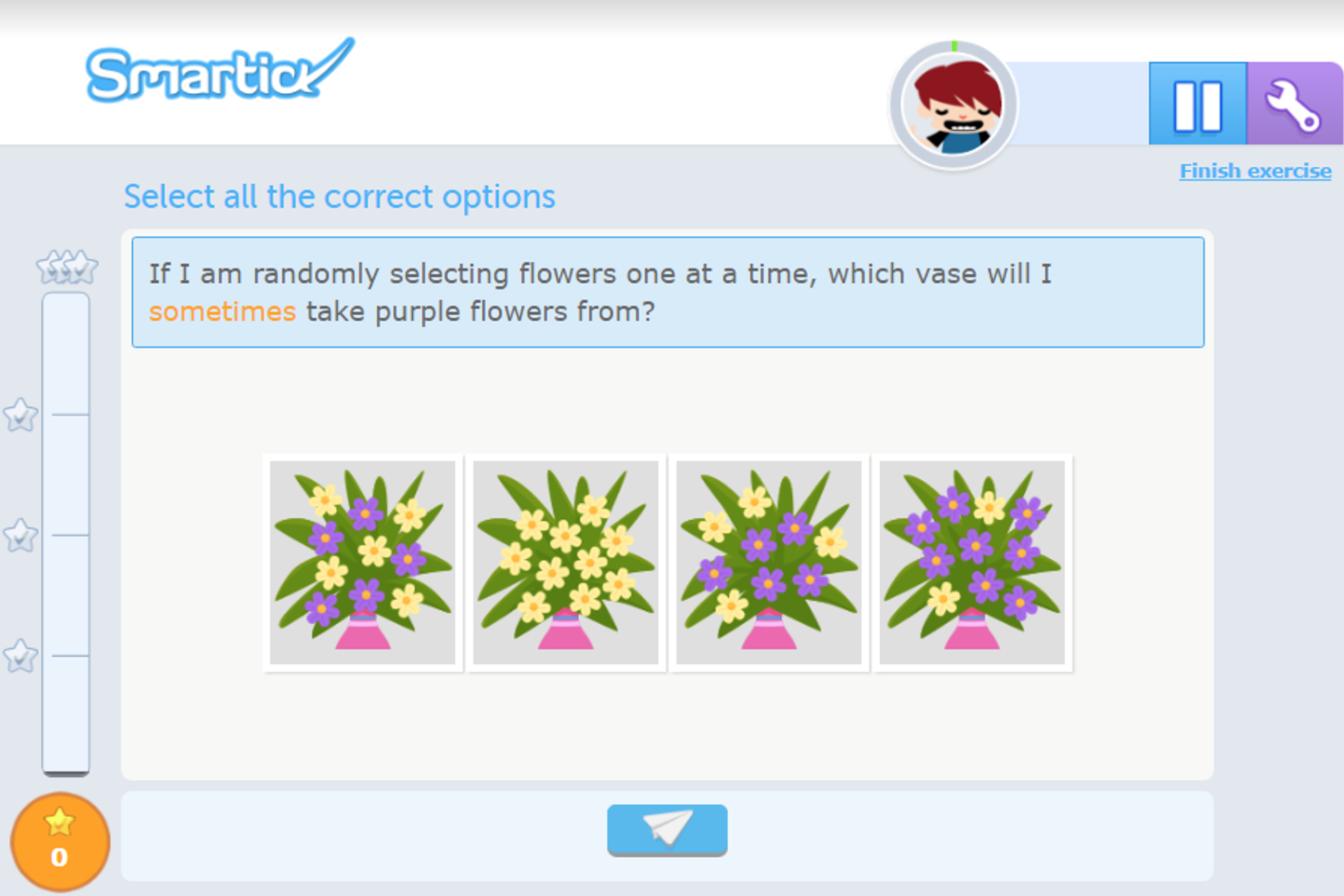
In order to sequence later on, using visual aid, there are the levels of probability: certain, likely, unlikely, impossible.
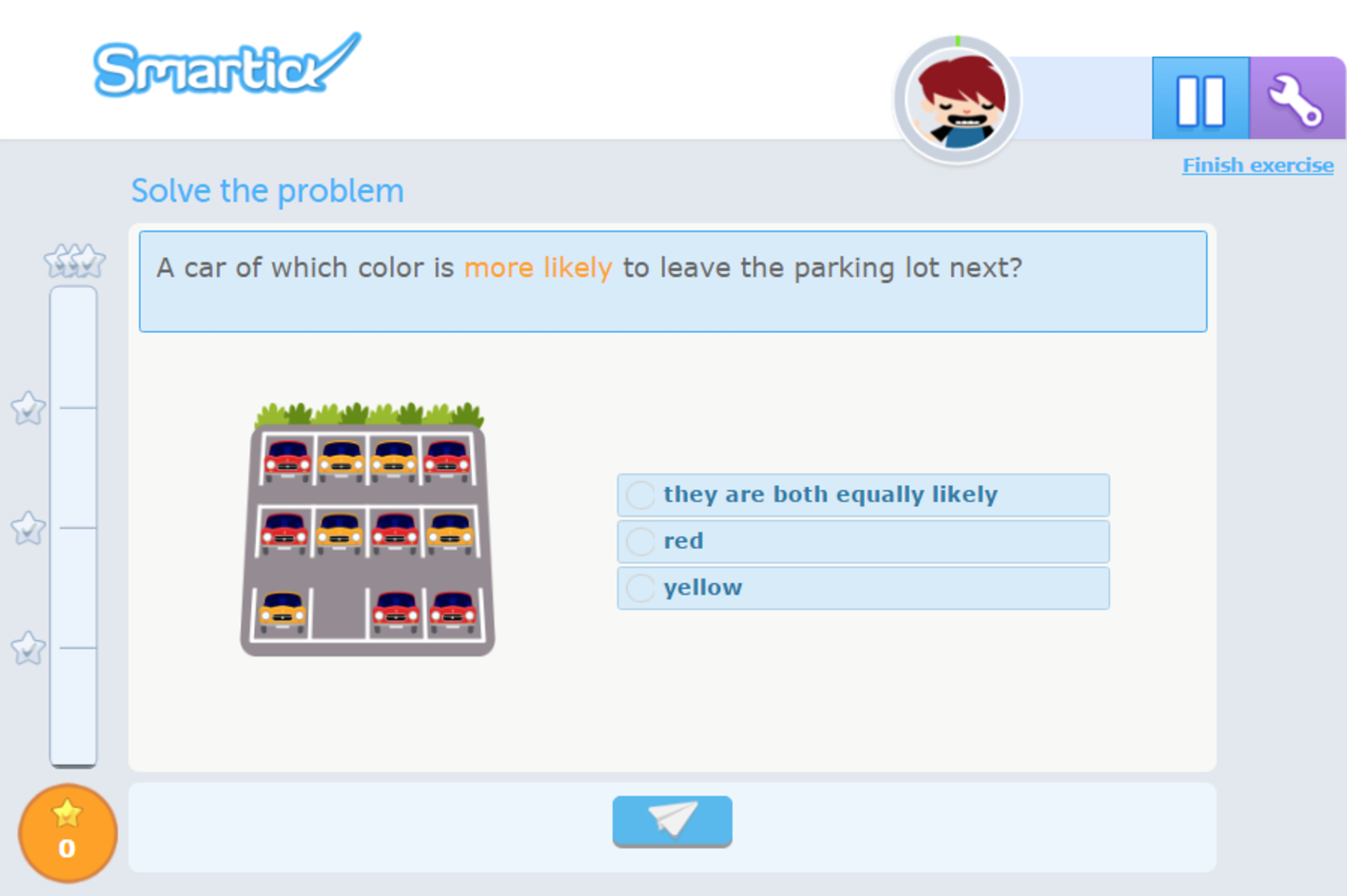
Now, let’s analyze the theory, showing all the different kinds of outcomes. It’s a field that could be exclusive to Math, but it helps us understand how outcomes happen the way they do in our surroundings. It’s linked to understanding chance and determinism of the effects according to the nature of the stimulus.
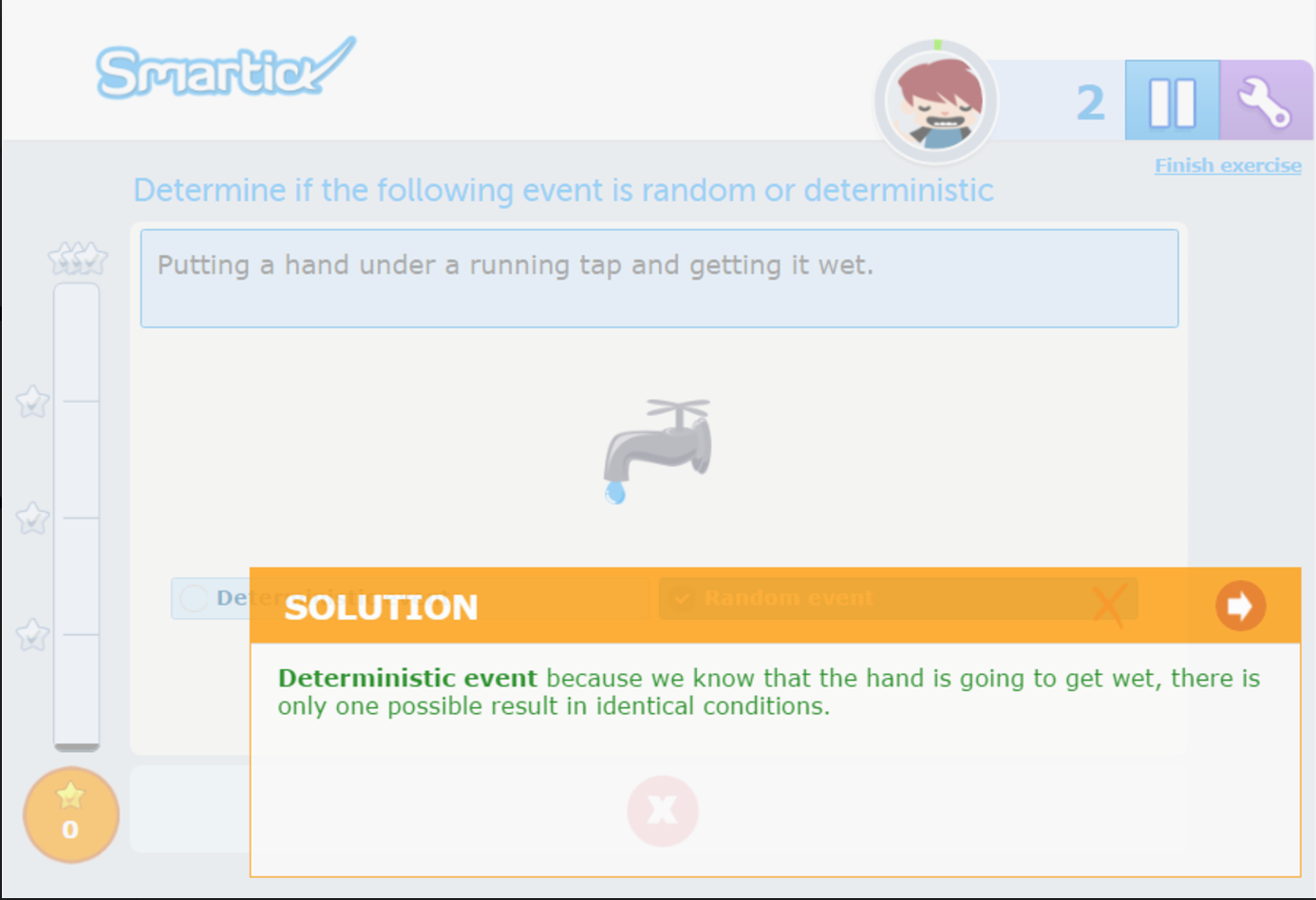
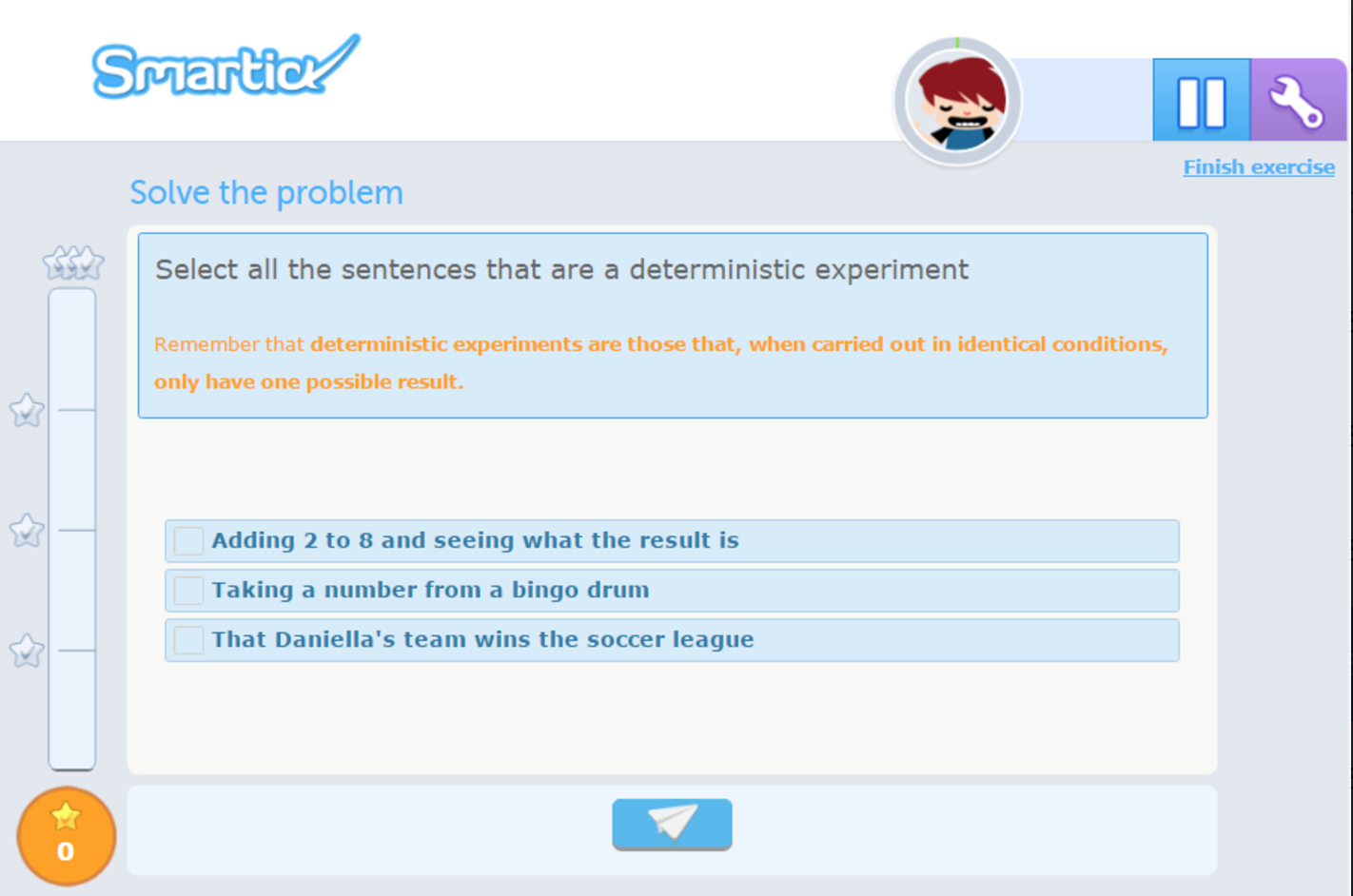
We don’t add mathematic calculations to the problems until students reach the intermediate level.
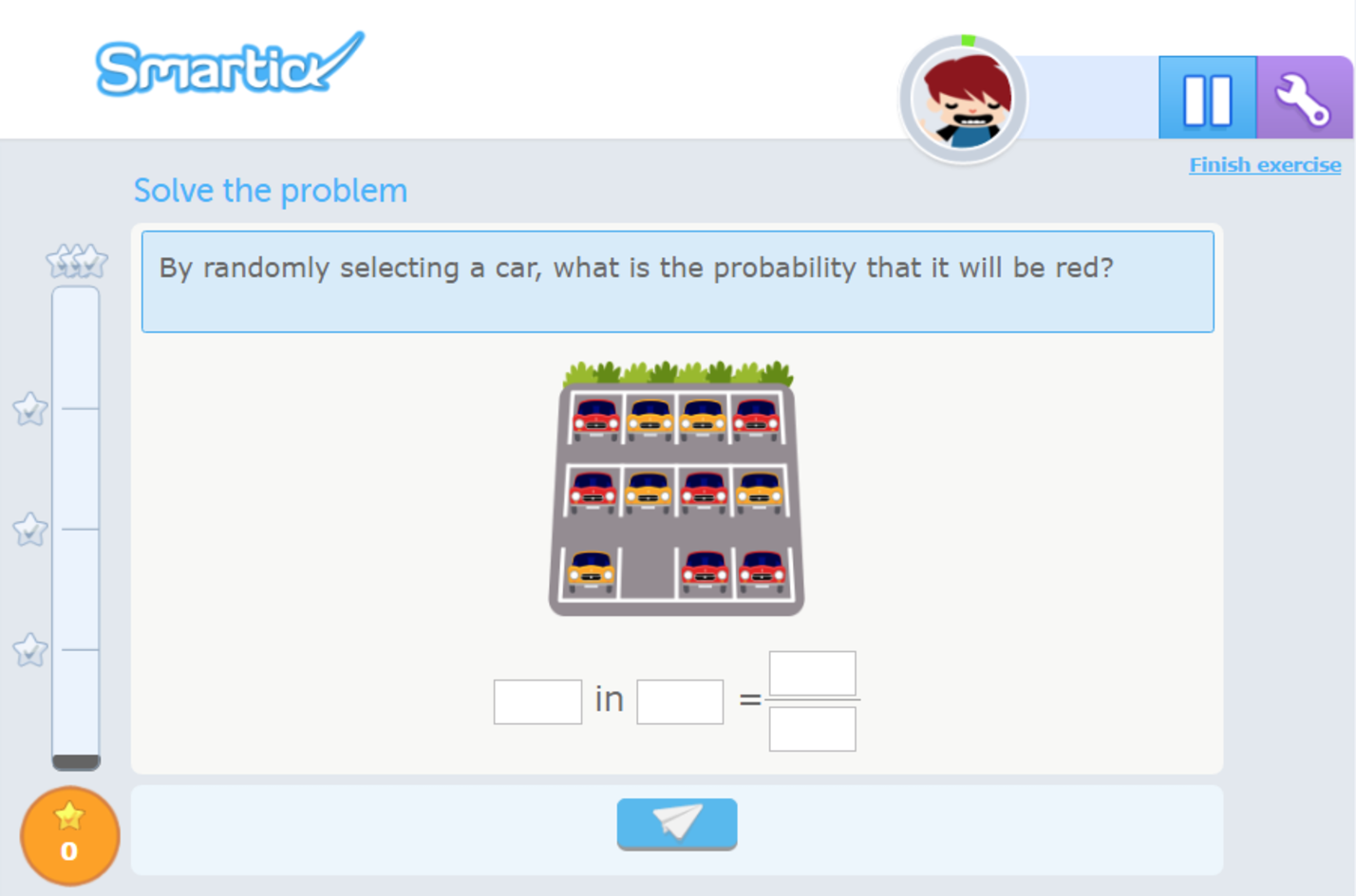
All this being said, we can see that statistics and probability isn’t just a “math” thing, but rather a human necessity for explaining and analyzing our surroundings. In order to study statistics, we need to develop the correct vocabulary. Once we reach a higher level, it’s a science that allows us to express our thoughts precisely.
At Smartick, we suggest that you study “the forgotten science,” because it’s a basic tool for understanding our surroundings and contains a fountain of knowledge.
If this was interesting and you’d like to know more about how we see Math, click here and make an account for a free trial.
Learn More:
- Word Problems: Levels of Difficulty in Mathematical Language
- Do You Know What a Right Angle Is?
- What Is Mode and How Do We Calculate It?
- The Languages of Smartick and Their Variable Dialects
- Liverpool: Winning the Champions League and Mathematics







